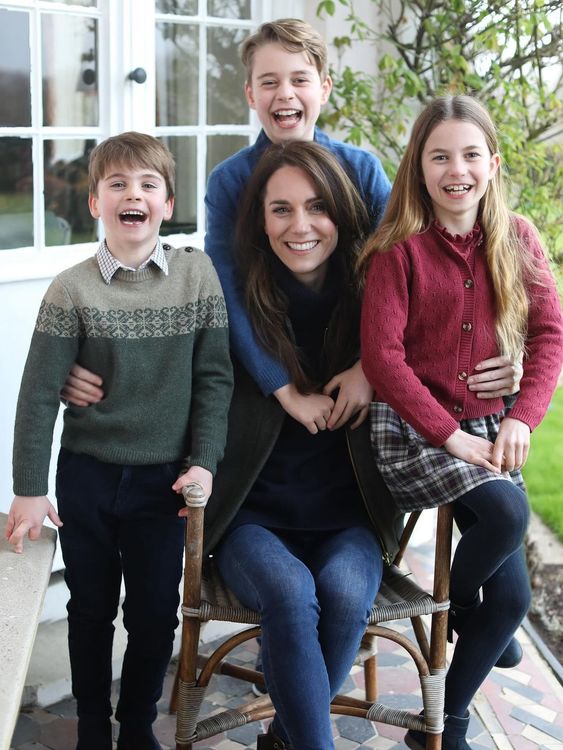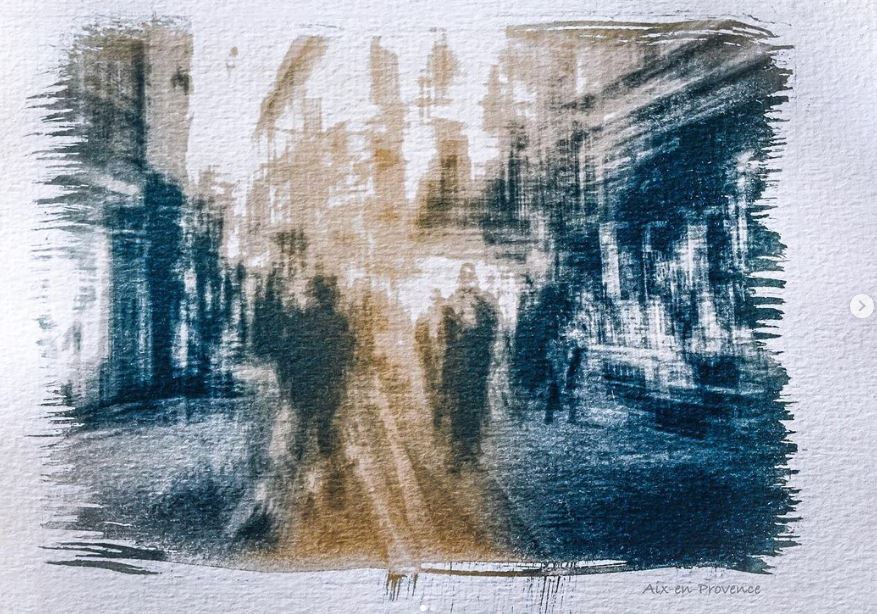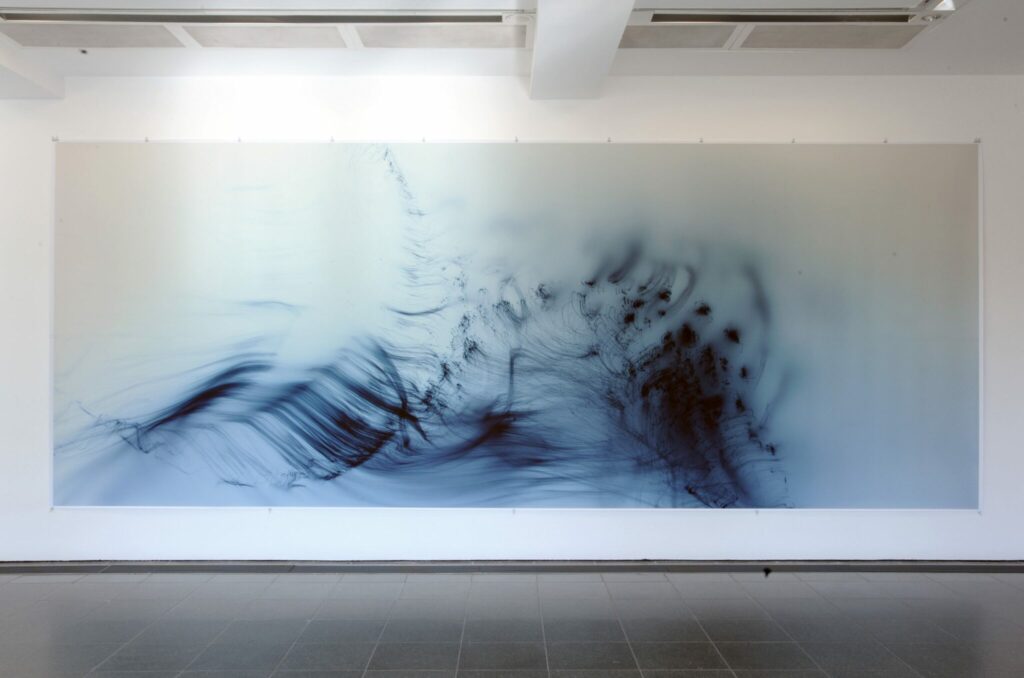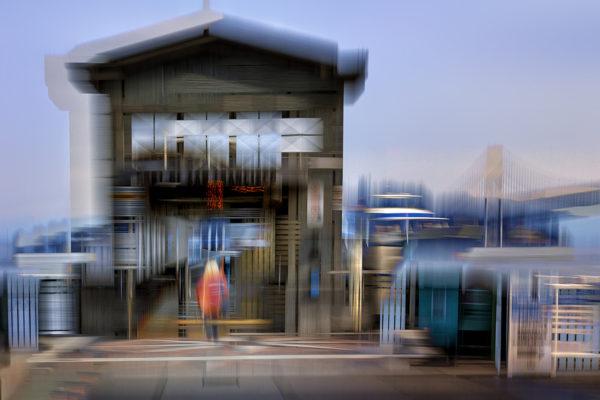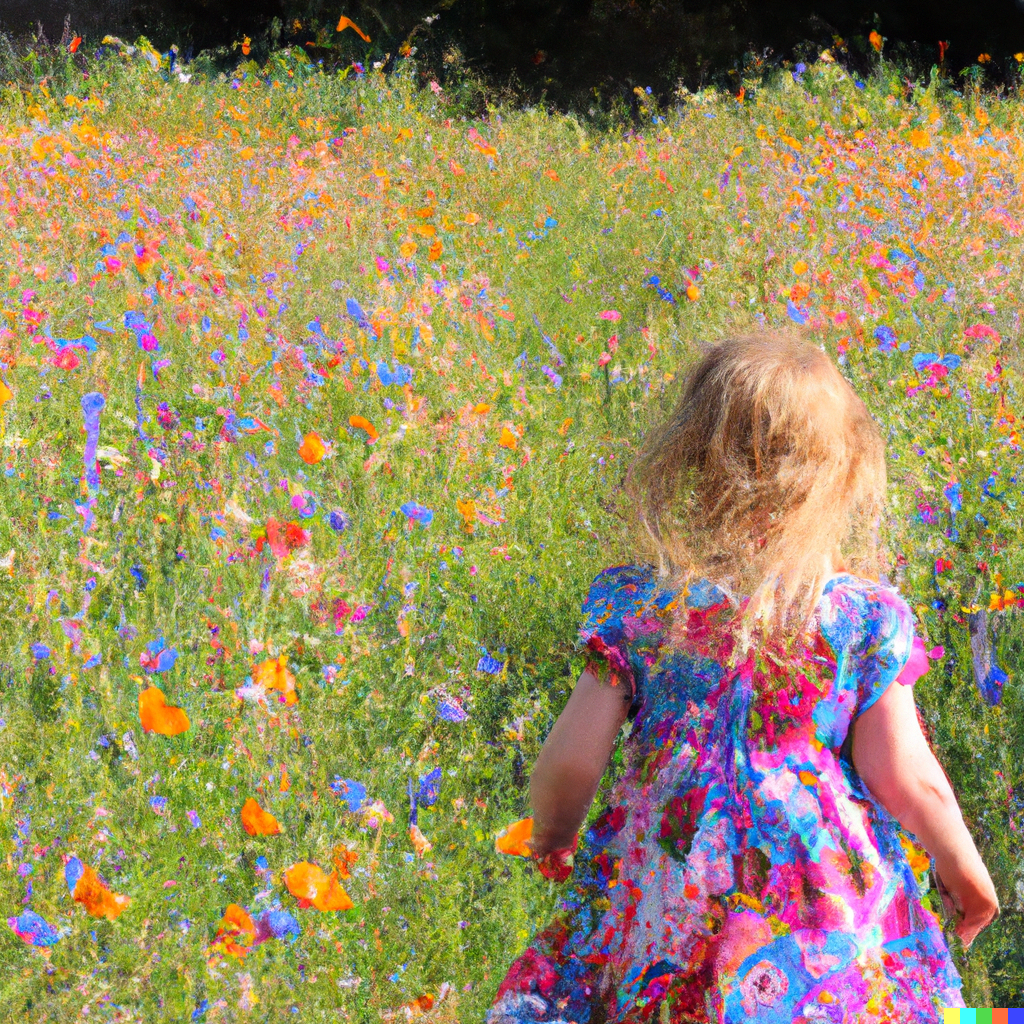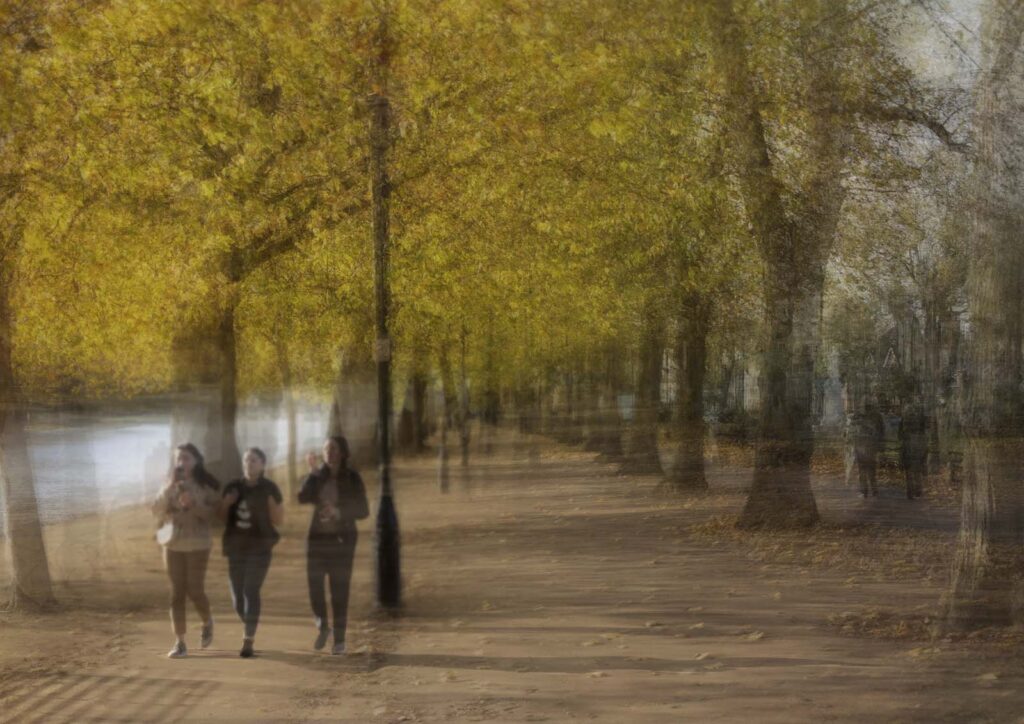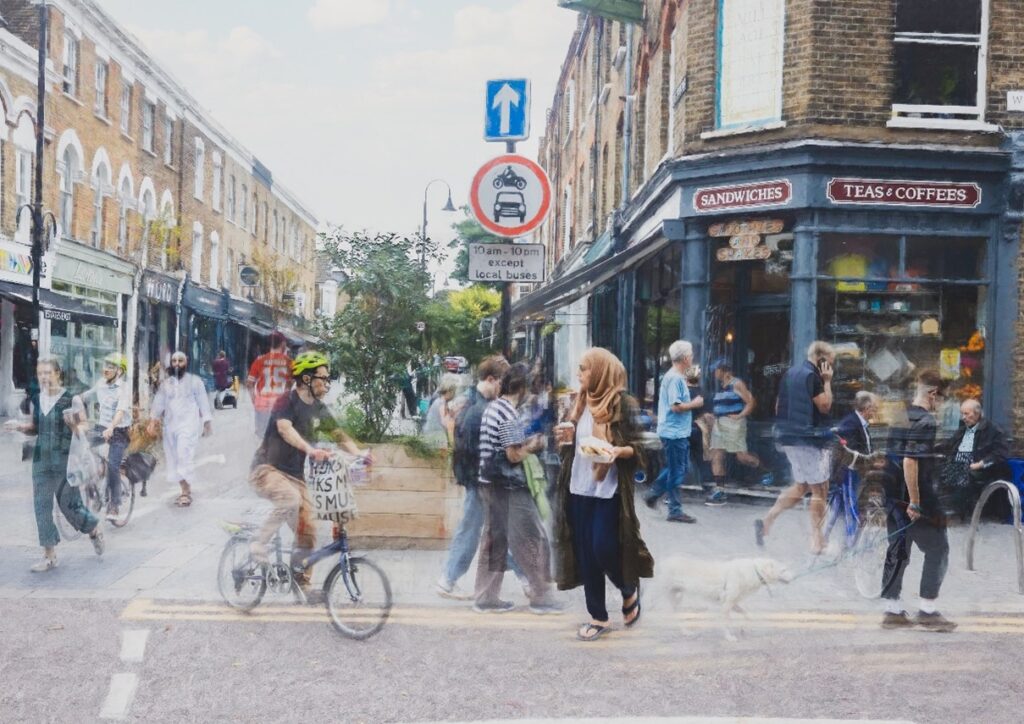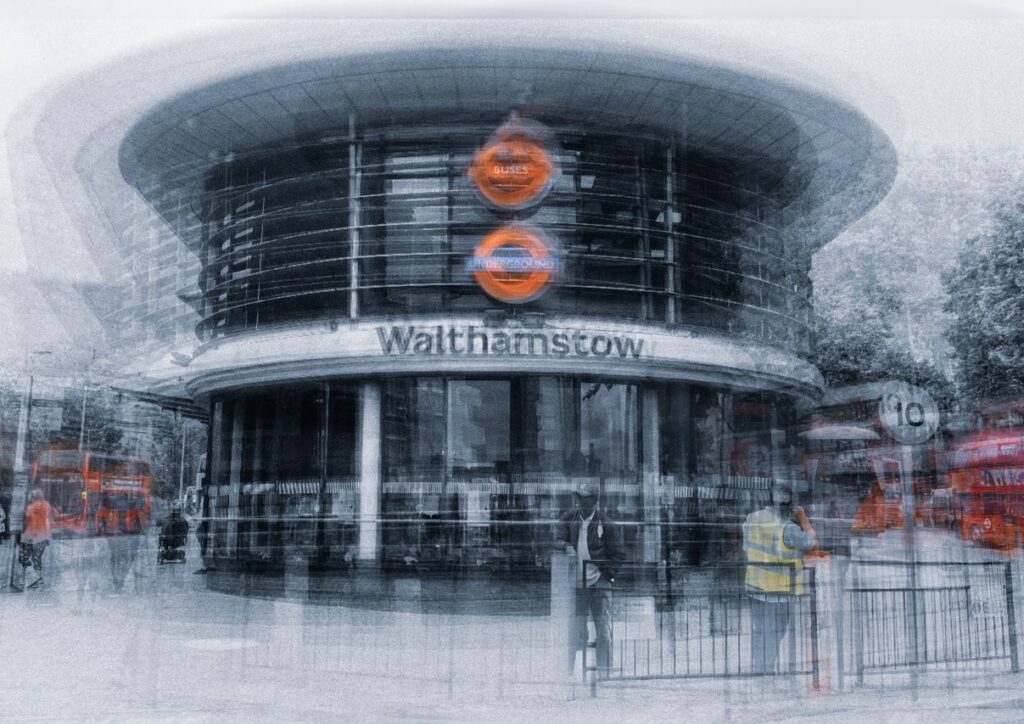Some years ago I went to a Rothko exhibition at Tate Modern, I sat in front of one of his paintings, which one I don’t know, but it was like many of his works made up of abstract rectangles of colour. I sat there, and tears appeared in my eyes. It was an emotional response to this amazing art. Why? There is no reason except that I suppose there had to be some connection at an unconscious level.
It happened again recently at a Saul Leiter exhibition in Milton Keynes. (On until the 2cd June 2024 at the Milton Keynes Gallery). I cried again. It may be me. Perhaps I am oversensitive but imagine the power of a photograph that can bring tears to your eyes.
Leiter’s work is sublime, it lifts street photography into an art form, it captures fragments of life. We know they are fleeting moments because people are captured by Leiter through condensation soaked shop windows, from the restrictions of a car window, between railings or buildings, or in reflections in shop windows. They are glimpses of time.
The colours are beautifully muted using early Kodachrome film, which adds to the ethereal feel. They are more often portrait than landscape. Again, this gives the images a look of being caught between one event and another. People are seen in private moments. They are captured doing nothing in particular, just the ordinary actions of everyday life, walking, talking standing and sitting.
Coming back to Rothko, Leiter’s work has elements of abstraction. Pictures within pictures, distortions from rain soaked windows, figures out of focus, blurred foreground, a tantalising view, seen through a crack in an advertising hoarding. Every day life in New York captured by a shard of light in the lens of his camera. The beauty of the ordinary created by a genius.
(I have collated some of Leiter’s work here. Also, Rothko for reference. There are numerous films on YouTube including the one above, and lovely books on Amazon where you can luxuriate in his photography.)
